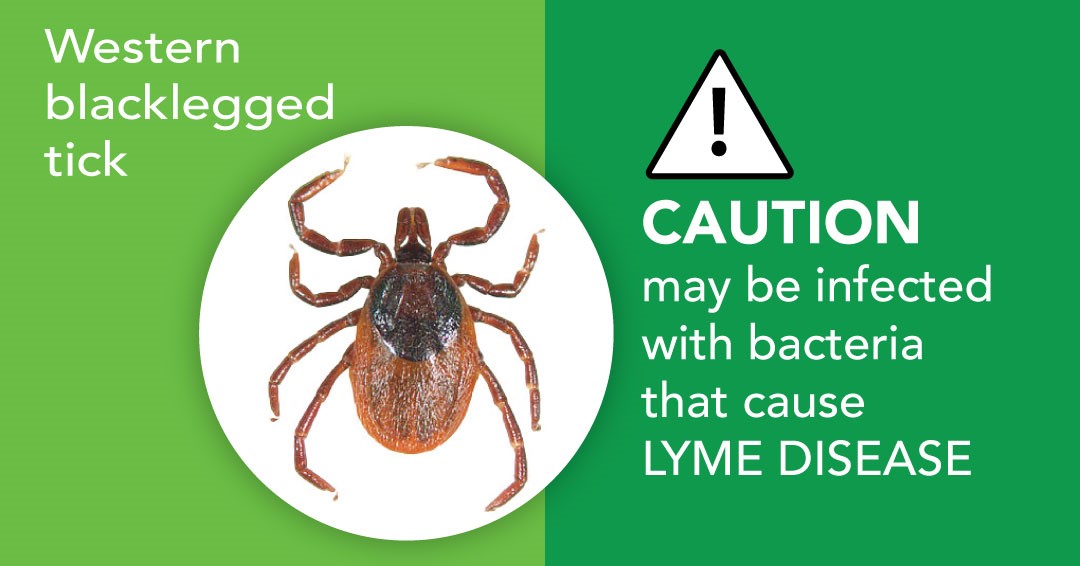Every March, when tick activity increases in most parts of Canada, the Canadian Veterinary Medical Association (CVMA) runs a campaign called National Tick Awareness Month. We use the campaign to remind Canadians how important it is to be informed about ticks and the potential hazards ticks pose for you and your pets.
Most tick species in Alberta do not carry borrelia burgdorferi, however there is evidence that tick species capable of carrying the bacteria are expanding their range throughout Canada.
Lyme disease affects Humans, pets, and wildlife. Lyme disease, if left untreated, can cause permanent complications or disability. It is important to note that, although the risk of contracting lyme disease in Alberta is considered very low. The timely removal and submission of tick(s) is imperative – current understanding tells us that it takes about 36-48 hours before the Lyme disease bacterium can be transmitted to the host.
As mentioned above, most ticks alone do not pose a threat to human or animal health, it is important to avoid tick bites whenever possible however to negate the risk of contracting lyme disease.
It’s also important to note that blacklegged ticks are most often found in wooded or grassy areas.
Some tips from the Government of Alberta on how to avoid ticks include:
- Walk on cleared trails whenever possible and avoid walking in tall grassy or wooded areas.
- Wear light-coloured clothing and cover up as much skin as possible. For example, a hat, long-sleeved shirt and long pants with the legs tucked into socks or boots.
- Use a bug spray on yourself that contains the chemical DEET or Icaridin to repel ticks and reapply as frequently as directed.
- Check yourself and your pets for ticks after leaving a grassy or wooded area where ticks may live.
- Check your pets for ticks after they have been outside. You cannot get Lyme disease from your pet, but your pet can bring infected ticks inside. These ticks can fall off your pet and attach themselves to you.
Bites can often be difficult to detect. Signs of a tick borne disease may not be apparent until 7-21 days after a tick bite, therefore it is important to check your pets for ticks everyday, especially after they have spent time outdoors. Ticks can almost be too small to see when they first attach themselves to your pets, so check carefully.
Both dogs and cats are at risk of getting ticks, so it is important to check your outdoor cats just as much as dogs.
This list from the CDC (Centers for Disease Control and Prevention) outlines the process of checking your pet for ticks:
Run your fingers through your pet’s fur with gentle pressure to feel for any small bumps. Looks for ticks in the following areas:
- In and around the ears
- Around the eyelids
- Under the collar
- Under the front legs
- Between the back legs
- Between the toes
- Around the tail
Alberta Health (AH) leads tick surveillance in the province, testing ticks for the presence of the bacteria to better understand the risk of Lyme disease in Alberta. Through a tick submission program, AH monitors the types of ticks that attach to companion animals, livestock and humans, and also those found in the environment. If you find a tick on a person, pet, or in the wild, you can submit a photograph of it to the Alberta Submit-a-Tick program via the eTick website or application.
Currently, only photograph submissions are being accepted to the program. Laboratory testing of ticks for surveillance purposes will commence later this year. Please check back on the Alberta Government webpage for updates and for more information on the new submission process.

